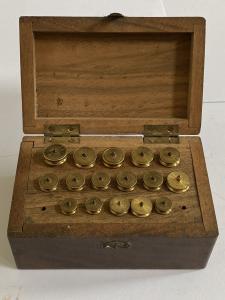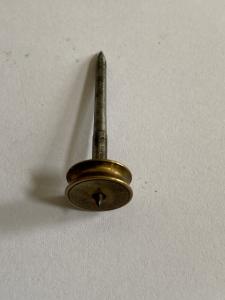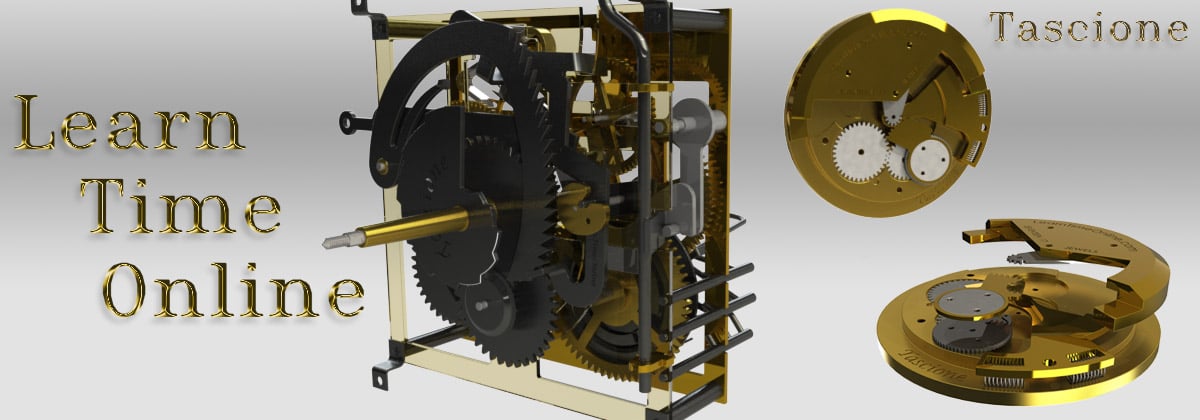Home › Forums › General Discussion Forum › Quizzes
- This topic has 2 replies, 2 voices, and was last updated 1:21 am06/19/2023 by
MarkLimbert.
-
AuthorPosts
-
June 13, 2023 at 1:08 am #68919
Enjoying the quizzes Bob, Thank you.
Trawling eBay and auctions for tools I often see these offered for sale.
Can anyone advise me as to what they are used for please?


Thank you.
June 16, 2023 at 5:16 pm #68922Hi Mark
That’s a set of old tapered turning arbors. They were used on bow type lathes – or ‘turns’ to hold a workpiece between centers for very accurate turning. The pic shows two sharp angled male points at each end which fit into two stationary female cup centers. After drilling a round hole through the length of the piece to be turned, the watch or clockmaker would choose an arbor whose long taper would allow for a light press fit through the hole. Normally a bow, sometimes made from bone or the quill of a feather tied from end to end with a horse hair or gut of some kind – much like the shape of an old bow and arrow – was then used to drive the arbor via the brass pulley. Material could then be turned off of the spinning workpiece.
That’s a nice set!
Best Dean
June 19, 2023 at 1:21 am #68923Thank you Dean,
I really appreciate the detailed explanation. I’d searched through many horological books for a clue to their use without success. I can’t imagine that with modern lathes we would need them anymore, but it’s always useful to know how things were done in the past. You never know when you might need to mackle something togethor as a one off solution to a problem. 🙂
Best Mark
-
AuthorPosts
- You must be logged in to reply to this topic.
